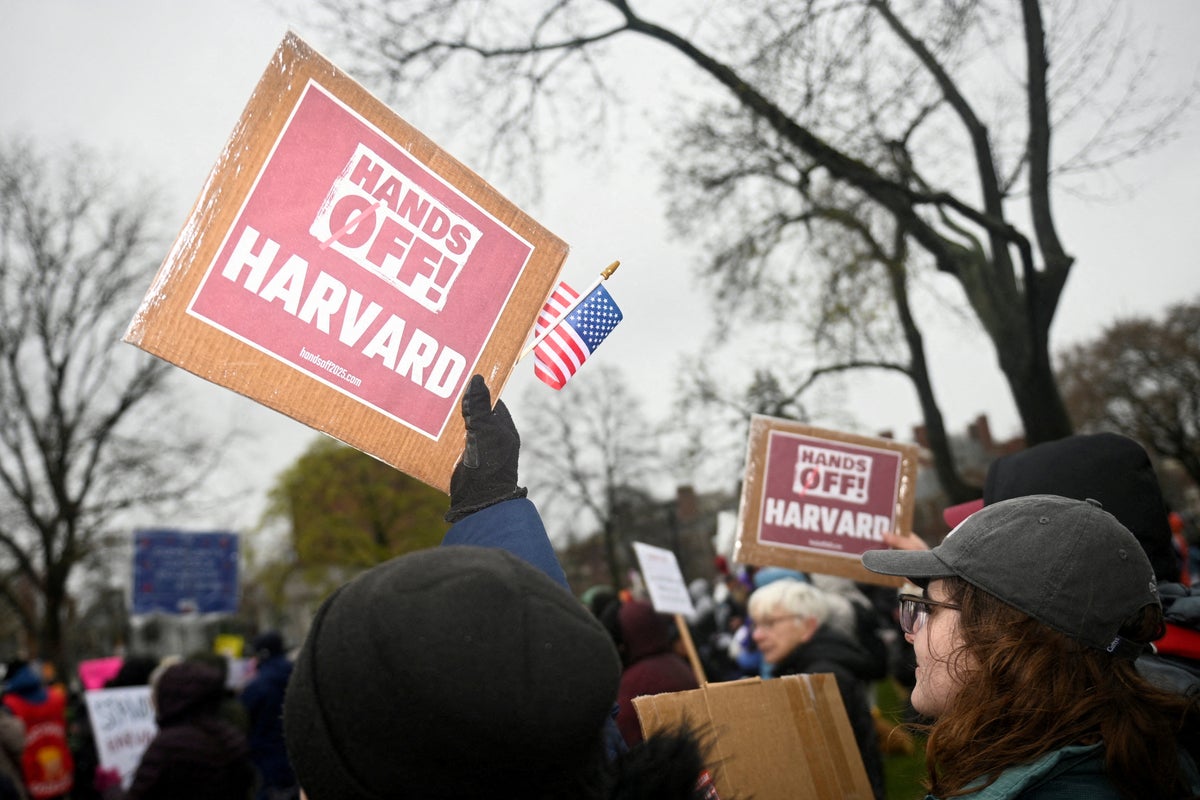This story was originally published by WIRED and is reproduced here as part of the Climate Desk collaboration.
Last Tuesday, President Donald Trump held a press conference to announce the signing of executive orders intended to shape American energy policy in favor of one particular source: coal, the most carbon-intense fossil fuel.
“I call it beautiful, clean coal,” President Trump said while flanked by a crowd of miners at the White House. The crowd chuckled knowingly at the now-familiar phrase. “I tell my people never use the word coal unless you put ‘beautiful, clean’ before it.”
Trump has talked about saving coal, and coal jobs, for as long as he’s been in politics. This time, he’s got a convenient vehicle for his policies: the growth of AI and data centers, which could potentially supercharge American energy demand over the coming years. One of the executive orders signed Tuesday includes instructions to designate coal as a “critical mineral,” expedite coal leasing on federal land, and identify opportunities for expanding coal-fired power to support data centers.
Using coal to drive AI “would be one of the great technology ironies of all time: Let’s go to a 1700s technology in order to power 21st-century technology.”
Using coal to drive AI “would be one of the great technology ironies of all time: Let’s go to a 1700s technology in order to power 21st-century technology,” says Seth Feaster, an energy data analyst at the Institute for Energy Economics and Financial Analysis. “It really is a vast oversimplification of how power markets, power production, and the grid works in the US.”
In Tuesday’s presser, Trump, trodding familiar territory, targeted Democrats for the destruction of coal jobs as part of a “Green New Scam,” laying the blame on both Joe Biden and Barack Obama. In truth, though, coal retirement isn’t a function of who’s in the White House. More coal-fired power came offline under Trump’s first presidency than under either of Obama’s terms.
Unfortunately for Trump, the US coal industry suffers from some truly unavoidable economic realities. The last large coal-fired power plant built in the US came online in 2013; coal plants in the US are, on average, 45 years old. This aging fleet also has higher maintenance and upkeep costs for equipment than competing types of power. The fracking revolution in the 2010s—as well as the increasing availability of cheap renewables—has also made coal-fired power increasingly expensive. In 2023, just 16 percent of the US’s power generation was from coal, down from 51 percent in 2001.
With the executive order, Trump is “putting the thumb on one energy source in particular that happens to be one of the highest-cost energy sources,” says John Moore, a director at the National Resource Defense Council. “There are much cheaper and cleaner options.”
While coal’s downward turn in the US has been predictable, something has changed since the last time Trump was in office: AI. After remaining flat for several decades, various industry forecasts now predict skyrocketing demand for energy as companies talk a big game around plans for data centers. In September, Bloomberg Intelligence found that data center electricity use in the US could increase fourfold over the next five years, driven in large part by generative AI. Goldman Sachs, meanwhile, said in February that global energy demand from data centers could increase 165 percent by the end of the decade.
The promise of new demand is driving some utilities to reconsider scheduled coal plant retirements. In Virginia, where Amazon Web Services keeps 96 data centers and is investing $35 million to expand its campuses, the regional transmission organization, PJM Interconnection, requested a delayed retirement of two coal plants due to increased demand from data centers. Demand from Google and Meta data centers has also kept a coal-fired power plant in Nebraska online past its retirement date.
But keeping a patient on life support is substantially different than bringing a corpse back from the dead. A PJM executive said at a conference last month that he wasn’t sure if the market was “sending the signal right now that coal should actually stick around.” Building new, technologically up-to-date coal plants—an idea Trump floated at Tuesday’s presser—would be a hard sell in an economy where investors are wary of big capital investments for outdated technology. Tech companies, meanwhile, are focusing long-term energy investments on nuclear power, as well as renewables and battery technologies.
Even in states where coal wields political power, data centers haven’t proven to be a savior. In March, lawmakers in West Virginia attached provisions to juice up coal use to a bill intended to jump-start the data center industry in the state. Despite cheerleading from the governor, the bill ultimately passed without the coal provisions after Appalachian Power, West Virginia’s largest utility, intervened, claiming that the coal requirements would raise bills for customers. An executive told lawmakers that even a big new customer like a data center wouldn’t spur the utility to buy more coal-fired power; the regulatory and financial reality, he said, favors natural gas.
Regulations on coal plant emissions are a clear target for this administration. Last month, the EPA rolled out a suite of attacks on a wide swath of regulations, signaling its intent to reconsider everything from rules on power plant emissions to greenhouse gas reporting. The agency also created an email address to allow polluters to petition for a temporary exemption from mercury and air toxics standards set out under the Clean Air Act—known as the MATS rule—as the agency reconsidered a host of pollution rules. Montana’s Colstrip power plant—one of the dirtiest coal plants in the country, which was fighting upgrades mandated by an updated pollution rule—has already requested an exemption.
If the new executive orders are any suggestion, the Trump administration sees this deregulation, and the targeting of climate change policies, as a key element of propping up coal. A separate presidential proclamation released Tuesday extends the MATS exemption for an unknown number of coal plants, while another executive order tasks the attorney general with attacking state-level climate regulations, singling out Vermont, New York, and California.
It’s possible that costs for coal could come down slightly with fewer climate regulations. “You can run all these coal plants without environmental regulations or reduced environmental regulations—I’m sure that will save industry money,” Feaster says. “Whether or not the communities around those places really want that is another issue. Those environmental regulations are there for a reason.”
Costs, after all, aren’t just measured in dollars. Coal emissions include a mix of heavy metals and chemicals, including sulfur dioxide, that can be deadly to people living around power plants. A study published in 2023 in Science estimated that between 1999 and 2020, coal-fired power plants were responsible for 460,000 excess deaths in the US alone. Coal waste, meanwhile, is stored in toxic ponds of ash; spills have cost some utilities millions of dollars in settlements.
Utilities, Feaster says, have priced in the health risks of coal and the liabilities that come with coal into their decisions. But it’s not clear if the Trump administration understands these risks. Cuts at Health and Human Services this month have expelled workers involved in black lung research and other protections for coal miners at the National Institute for Occupational Safety and Health.
On Wednesday, as international markets melted down, Donald Trump posted an invite on TruthSocial to companies to move their business to the US. “No Environmental Delays,” he wrote. “DON’T WAIT, DO IT NOW!”















